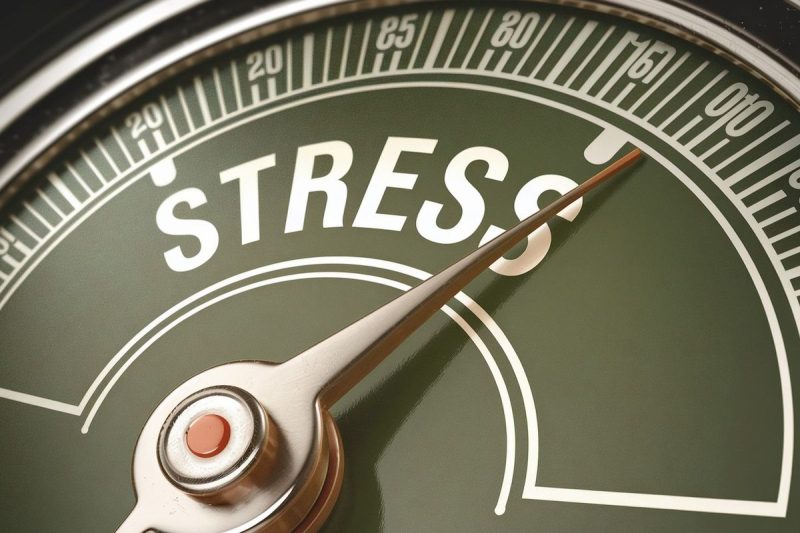Fear is gripping the financial markets in 2025. CNN’s Fear and Greed Index, a widely followed gauge of investor sentiment, has plunged into the ‘Extreme Fear’ zone.
After dipping to 22 at the end of February, the index had fallen to 20 as of March 4, reflecting deep unease among traders and institutional investors alike.
This shift comes amid a mix of economic uncertainties and global geopolitical tensions that have left investors skittish. This includes the US Trump administration enacting tariffs on allies Canada and Mexico on March 4, as well as the administration pulling away from Ukraine and towards Russia.
While market sentiment indicators don’t dictate future price movements, they provide insight into the emotional state of the market — often a contrarian signal for savvy investors. When fear reaches extreme levels, it has historically marked moments of potential opportunity or further market turbulence.
But what does this drop into Extreme Fear really mean? How is the index calculated? And how have past instances of such extreme sentiment played out in the markets?
This article explores the significance of the CNN Fear and Greed Index, its historical context and what investors should watch for next.
What is CNN’s Fear and Greed Index?
CNN’s Fear and Greed Index is a tool designed to measure the prevailing emotions influencing the stock market by weighing seven key indicators.
The Fear and Greed Index operates on a scale from 0 to 100, with a score under 45 indicating fear, a score of 55 and above signifying greed, and one in between marked as neutral. Scores of under 25 and above 75 are labeled Extreme Fear and Extreme Greed, respectively.
How is CNN’s Fear and Greed Index calculated?
The index aggregates seven key indicators, each reflecting different aspects of market sentiment:
- Stock Price Strength – Tracks the number of stocks hitting 52-week highs versus those reaching 52-week lows.
- Stock Price Breadth – Examines trading volume in advancing versus declining stocks.
- Put and Call Options – Analyzes the ratio of bearish (put) options to bullish (call) options.
- Junk Bond Demand – Measures the yield spread between high-yield (junk) bonds and safer investment-grade bonds.
- Safe Haven Demand – Assesses the relative performance of stocks versus government bonds.
When these indicators collectively signal heightened caution, the Fear and Greed Index falls into the fear zone, with Extreme Fear indicating widespread pessimism in the markets.
Other instances of Extreme Fear
Understanding past instances of Extreme Fear can provide insights into current market conditions. The last two notable times the index hit Extreme Fear were August 5, 2024, and December 19, 2024.
1. August 5, 2024: Global sell-off and economic uncertainty
On August 5, 2024, markets saw a sharp decline following weak tech earnings and US employment data, accelerated by an unexpected interest rate hike by the Bank of Japan resulting in investors trying to unwind their yen carry trades. This caused a ripple effect across global markets:
- Japan’s Nikkei index plummeted 12 percent in a single session.
- The International Monetary Fund (IMF) warned that the volatility could be a precursor to prolonged instability.
2. December 19, 2024: Federal Reserve’s hawkish stance
Investor fears resurfaced in mid-December when the US Federal Reserve signaled that interest rates would likely remain elevated longer than expected. The announcement sent shockwaves through the markets:
- The US dollar surged to a two-year high, weighing heavily on emerging markets.
- Cryptocurrencies took a hit, with Bitcoin dropping over 15 percent in a week.
How do other fear-based indices compare?
While CNN’s Fear and Greed Index is a popular barometer of market sentiment, it isn’t the only fear-based indicator worth watching. Here’s how other major sentiment gauges compare:
Crypto Fear & Greed Index
The Crypto Fear & Greed Index tracks investor sentiment in the cryptocurrency market. Crypto markets are particularly sensitive to risk-off sentiment, making this index an important measure for digital asset investors.
The Crypto Fear & Greed Index has also dropped into Extreme Fear with a score of 15 on March 4. This decline coincided with continued geopolitical tensions, particularly US President Donald Trump’s announcement of new 25 percent tariffs on Canada and Mexico that day.
Doomsday Clock
Though not a financial index, the Doomsday Clock, updated annually by the Bulletin of Atomic Scientists, reflects global existential risks, including nuclear tensions, climate change and geopolitical instability.
As of January 28, 2025, the clock is at 89 seconds to midnight, signaling heightened global uncertainty, which can influence investor sentiment in risk assets like equities and cryptocurrencies.
What Extreme Fear means for investors
The plunge of CNN’s Fear and Greed Index into Extreme Fear territory signals widespread investor anxiety. But is this a warning of further declines, or a contrarian buy signal?
Historically, moments of extreme fear have often preceded strong market rebounds, as panicked selling creates opportunities for value investors. However, not all instances lead to immediate recoveries — some mark the beginning of prolonged downturns.
Key considerations for investors:
- Economic data: Keep an eye on employment reports, inflation data and GDP growth figures.
- Federal Reserve policy: Interest rate decisions will continue to be a key driver of market sentiment.
- Corporate earnings: Weak earnings reports could exacerbate investor fears, while strong results may signal resilience.
- Geopolitical developments: Trade tensions, global conflicts and macroeconomic policies can shift market sentiment quickly.
While fear-based indicators provide valuable insights, investors should use them alongside fundamental and technical analysis to make informed decisions.
Whether this moment marks a temporary panic or the start of a broader downturn remains to be seen, but one thing is clear: investors should be prepared for volatility in the weeks or months ahead.
Securities Disclosure: I, Giann Liguid, hold no direct investment interest in any company mentioned in this article.

